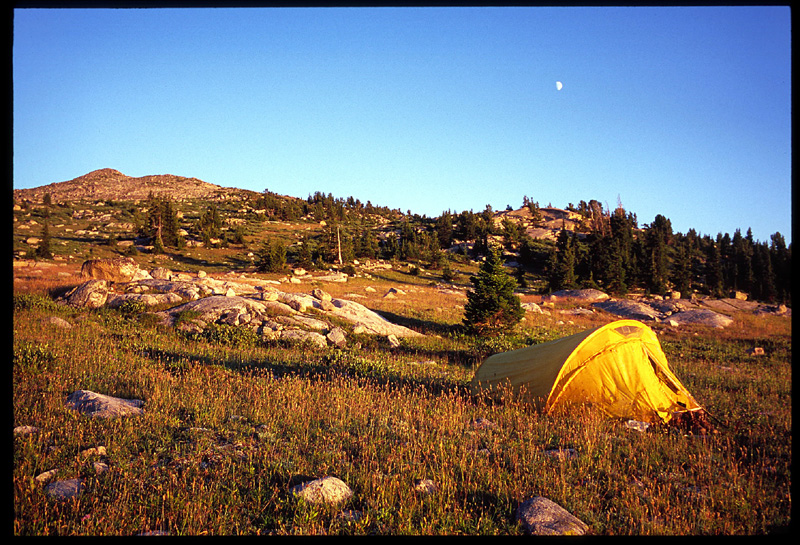Grumpy
New member
- Joined
- Sep 3, 2003
- Messages
- 1,503
- Reaction score
- 153
Tonight’s full moon, if visible, is supposed to be 30% brighter and appear 14% larger than any other full moon of 2008, according to a current National Geographic News story:
http://news.nationalgeographic.com/news/2008/12/081211-biggest-brightest-moon.html
This should be a great opportunity for photographers.
Best time for viewing will be right after sunset.
Wishing you clear skies tonight …
G.
http://news.nationalgeographic.com/news/2008/12/081211-biggest-brightest-moon.html
This should be a great opportunity for photographers.
Best time for viewing will be right after sunset.
Wishing you clear skies tonight …
G.




